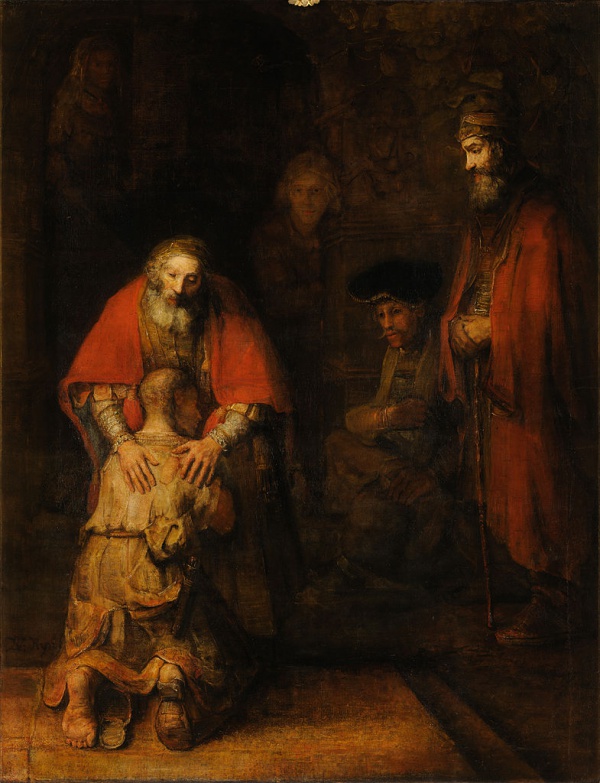Facts About The Return of the Prodigal Son (Rembrandt)
"The Return of the Prodigal Son" is a renowned oil painting by Rembrandt, believed to be one of his last masterpieces, completed around 1669. This artwork depicts the biblical parable of the prodigal son, who returns to his father after squandering his inheritance and falling into destitution. In the painting, the son is shown kneeling in repentance before his father, seeking forgiveness and reconciliation. The father’s tender gesture embodies both maternal care and paternal acceptance, while the older brother stands nearby, his expression conveying judgment at the father's compassion.
Deeply moved by this parable, Rembrandt explored its themes in various works over many years. "The Return of the Prodigal Son" is particularly lauded for its spiritual depth and its portrayal of forgiveness. Art critics have praised Rembrandt's extraordinary ability to depict religious themes and human emotions with profound realism and empathy.
The painting has garnered widespread acclaim. Scholars like Julius Held have recognized its monumental significance, and H. W. Janson described it as a poignant and timeless masterpiece that evokes a sense of eternal peace and connection. Dutch priest Henri Nouwen was so inspired by the painting that he wrote a book titled "The Return of the Prodigal Son: A Story of Homecoming" in which he explores the parable's themes in relation to Rembrandt's life and spiritual journey.

 China
China